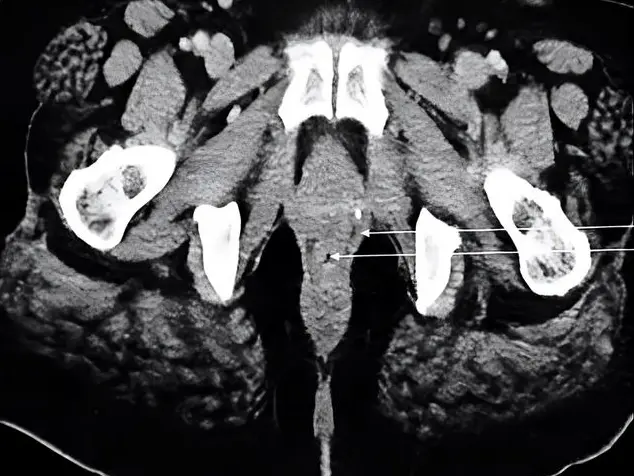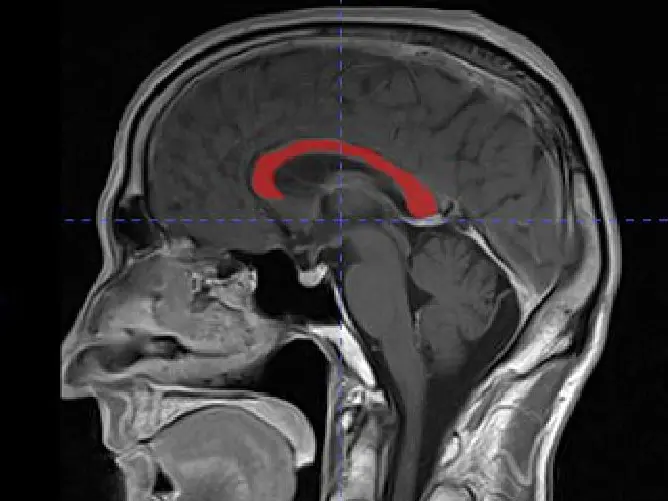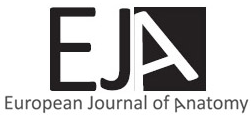The incidence of bulbar syndrome in craniovertebral junction anomalies is between 12% and 35%. Although the use of evoked potentials intraoperatively and preoperatively has advanced in recent years, their use in predicting the development of neurological deficits remains a challenge. This research explores the predictive significance of evoked potentials in the diagnosis of bulbar syndrome in Chiari 1 anomaly. Data from 39 patients and 30 controls were reviewed. Standard multimodal neurophysiological investigations including Brainstem auditory evoked potentials (BAEPs), somatosensory evoked potentials (SSEPs), Nerve Conduction Studies (NCS), and Electromyogram (EMG) were performed. All studies were conducted on the 4-channel complex “Synapsis” (Neurotech, Russia) with computer data processing.
The threshold Nerve conduction velocity (NCV) value was 21.5 m/s. The sensitivity and specificity were 75.5% and 71.2% respectively. The area under the ROC curve (AUC) was 0.96±0.36 (95% CI: 0.89-1.00) and p-value 0.004. The M-response amplitude threshold dividing the study group into high and low-risk groups was 1.01 microV. The sensitivity and specificity were 78.0 and 71.2%, respectively. The BAEPs interpeak intervals III-V and I-V were significantly prolonged (P˂ 0.05). SSEPs showed a decreased amplitude and reduced NCV (P ˂ 0.01). Glossopharyngeal nerve electroneuromyography is the most informative test. A decrease in M-response amplitude of bulbar muscles and NCV on efferent fibers is highly predictive of the development of bulbar disorders in patients with Chiari 1, even in subclinical cases.



